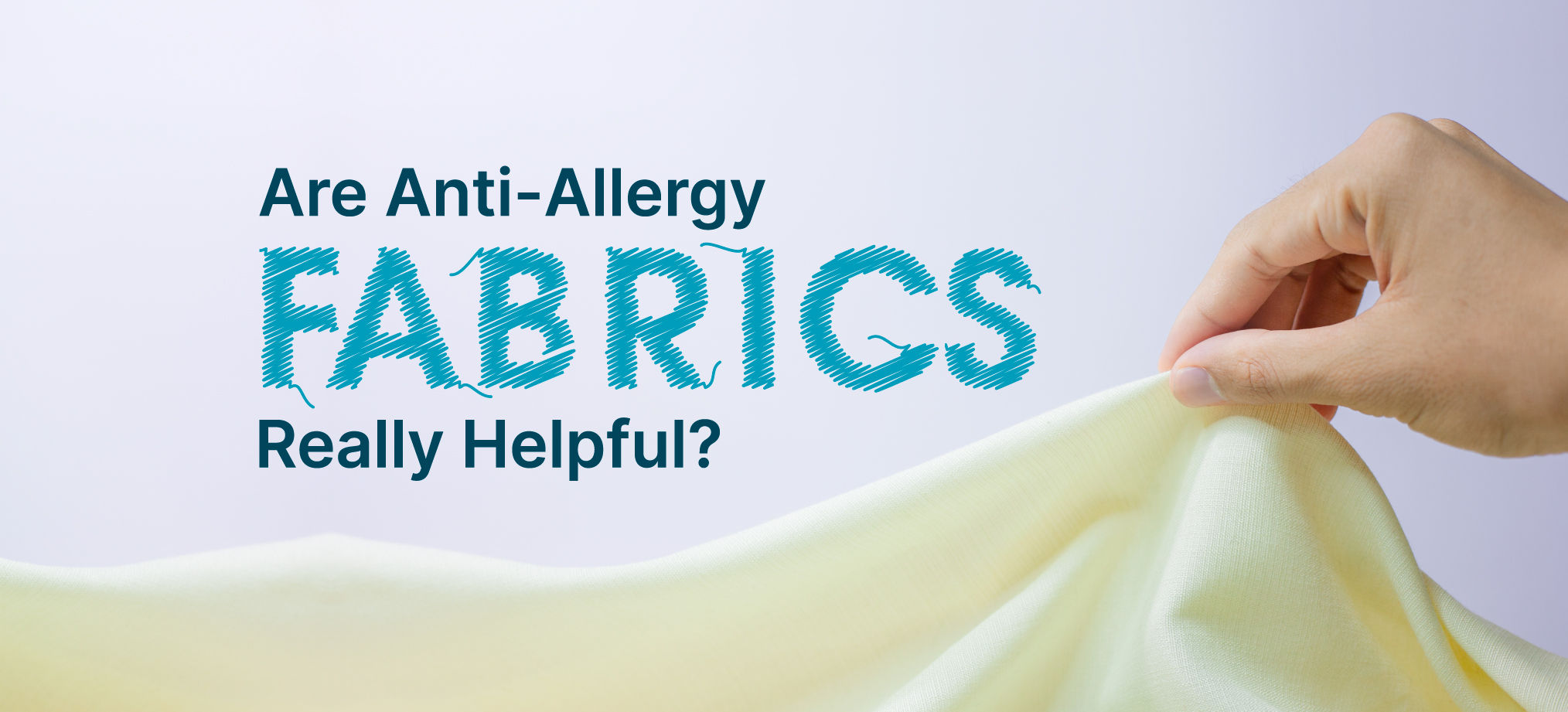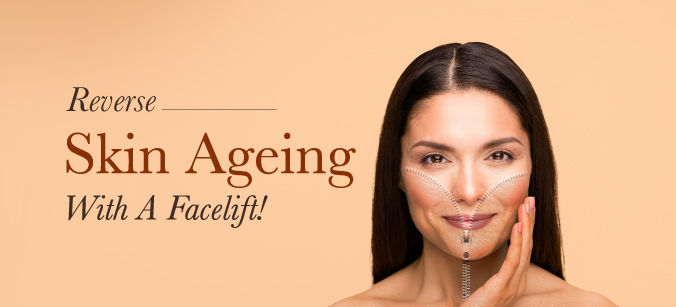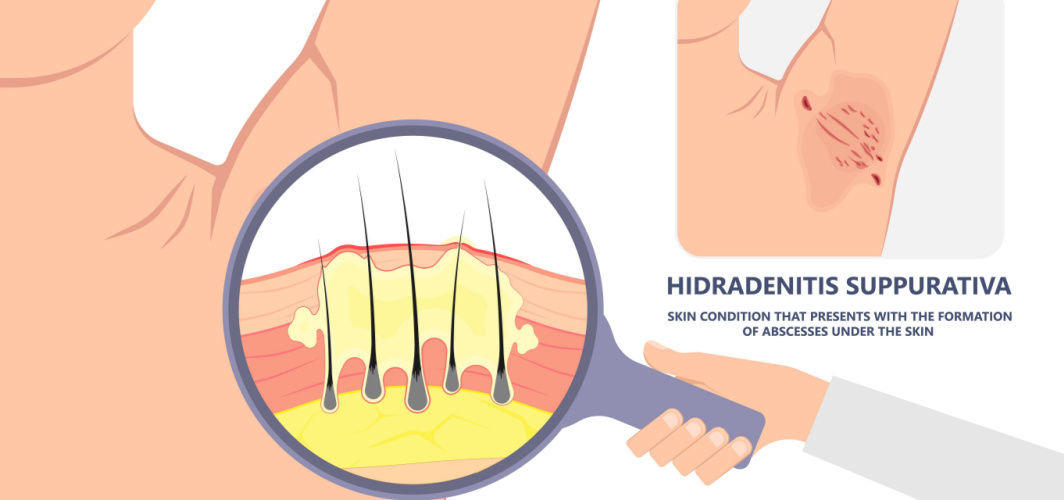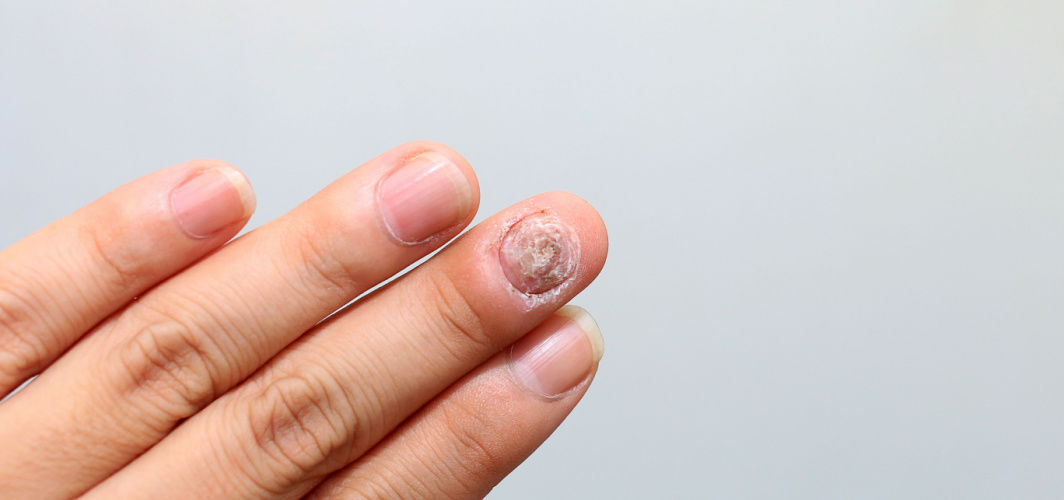Skin Care
Anti-Allergy Fabrics: Can They Manage Allergic Skin Reactions?
3 min read
By Apollo 24|7, Published on - 28 November 2022, Updated on - 03 January 2023
Share this article
0
2 likes

An allergic reaction can be a nightmare for individuals who might have to deal with it frequently. While most people resort to medications and breathing exercises to help maintain an allergy-free state, we have another effective and less invasive option to help you prevent allergies. This blog will help you understand common issues related to skin allergies and new ways to deal with them.
Common problems faced by people with allergic conditions
An allergy is a reaction of the body to certain elements or substances, that could be a threat, in the form of an acute inflammatory response to fight the threat. These substances called allergens include dust, mites, pollen, hay, perfume, certain smells, food, insects, and fabric or cloth.
Some of the problems faced by people due to allergic skin reactions include:
- Skin itching
- Skin swelling
- Red skin patches or spots
Skin reactions could also occur due to allergic conditions like Contact Dermatitis and Atopic Dermatitis (eczema). In these conditions, there is an acute inflammatory response to a skin allergen like dust, dead insects, mites, and pollen that might have accumulated on fabrics like one’s own clothing, pillow covers, bedsheets, towels, and napkins. Sometimes materials used to make clothes like spandex, latex, polyester, and wool can also trigger allergies. To combat this issue, researchers have come up with novel skin-friendly, anti-allergic fabrics.
What are anti-allergy fabrics?
Anti-allergy fabrics are fibres or yarn that resist the accumulation of dust, mites, insects, and pollen on them. This further helps to reduce the predisposition towards viral and bacterial sources of allergy, reduces skin reactions, and lowers the incidents of repetitive allergic skin reactions.
Skin allergens release powerful proteins which come in contact with the skin through the sweat that may be present between clothing and the skin. Phthalocyanine (Pc)-dyed yarn is known to adsorb or not let these allergens pass through, thereby protecting the underlying skin. This yarn has been recently invented and is used in making masks, and other clothing items such as dust-free bedsheets, and underwear.
Silver is another component used to make a fabric allergy-free. Silver has anti-allergy, antimicrobial, and sweat & heat-resistant properties that help to overcome most of the sources of skin allergens. It is used in the making of anti-dust mite bedsheets.
When should you see a doctor for skin allergies?
Some skin reactions cannot be managed at home and require medical attention. Here are some signs that indicate the need to visit a doctor immediately:
- Skin reactions lasting for more than a couple of weeks
- Continued skin reaction even after staying away from allergens
- Skin rash with intense redness, swelling, and itching and worsens with time
- Difficulty in breathing and fever along with skin reaction
We are surrounded by clothing and fabric for most hours of the day, which may predispose some of you to allergens like dust, mites, pollen, latex, wool, polyester, and spandex. In such cases, anti-allergy fabrics like bedsheets for allergies may prove useful for you to prevent skin reactions and acute symptoms. You must analyse both advantages and risks of such products with an expert before using them.
For more information,
Consult An Apollo Dermatologist
Medically reviewed by Dr Sonia Bhatt.
Skin Care
Leave Comment
Recommended for you

Skin Care
Reverse Skin Ageing With A Facelift! Read Everything About It
Facelifts are a safe way of rejuvenating your skin. It can solve several skin ageing signs such as removing sagging skin from your face and removing deep folds and crease lines.

Skin Care
Hidradenitis Suppurativa (HS): Definition, Causes, Triggers, Symptoms, Treatments & Prevention
Explore Hidradenitis Suppurativa (HS) - its definition, causes, triggers, symptoms, treatments, and prevention strategies for a comprehensive insight.

Skin Care
Pachyonychia Congenita: Causes, Triggers, Symptoms, Treatments & Prevention
Explore Pachyonychia Congenita - its definition, causes, triggers, symptoms, treatments, and prevention for a comprehensive understanding of this condition.
Subscribe
Sign up for our free Health Library Daily Newsletter
Get doctor-approved health tips, news, and more.
Recommended for you

Skin Care
Reverse Skin Ageing With A Facelift! Read Everything About It
Facelifts are a safe way of rejuvenating your skin. It can solve several skin ageing signs such as removing sagging skin from your face and removing deep folds and crease lines.

Skin Care
Hidradenitis Suppurativa (HS): Definition, Causes, Triggers, Symptoms, Treatments & Prevention
Explore Hidradenitis Suppurativa (HS) - its definition, causes, triggers, symptoms, treatments, and prevention strategies for a comprehensive insight.

Skin Care
Pachyonychia Congenita: Causes, Triggers, Symptoms, Treatments & Prevention
Explore Pachyonychia Congenita - its definition, causes, triggers, symptoms, treatments, and prevention for a comprehensive understanding of this condition.